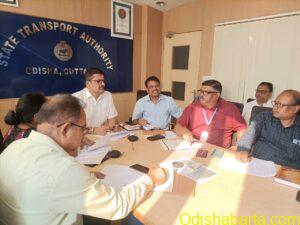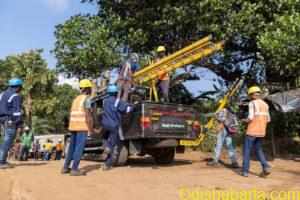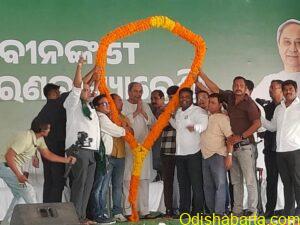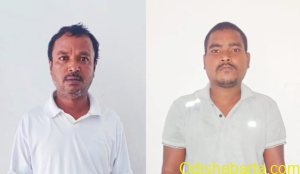Is the eighth child ominous?
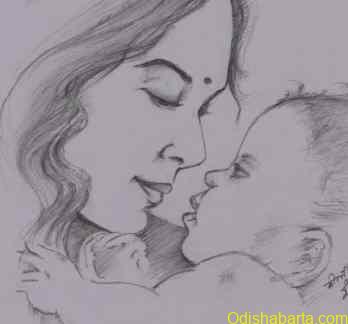
Stunted, lean, at max 32-33 years old. Holding her child in her armpit, Sarasi sat beside us. The child was born out of her eighth foetus. The story that crafts around the mother-child duo is interesting as well as intriguing.
About 145 families reside in Kurli village of Bisam Katak block. Out of them, 110 families belong to Scheduled Castes whereas 35 belong to Particularly Vulnerable Tribal Group (PVTG). The total population of the village stands at 1003. Sarasi’s family comprises of 11 members with four daughters, four sons, her husband and mother in law.
Sarasi is unsure of her exact year of marriage. But most likely she would have tied the knot at the age of 15-16 given the fact that her eldest daughter is now fourteen years old. Just like any other tribal woman, she too adapted herself to the customary duties of going to jungles for cutting woods, collect edible fruits like mango, jackfruit, etc. As time passed by, she gave birth to seven kids. Due to repeated pregnancy, Sarasi’s health had taken become frail ; yet she was left in a quandary upon realizing that she had become pregnant for the eighth consecutive time. Among PVTG communities, there is a widespread belief or rather a misconception that bearing child for eighth time is a bad omen as it would strike tragedy and misfortune like death of the either the child or the mother or the loss of any of the family members. This social stigma had led to a tremendous pressure on young Sarasi from within her own community to undergo an abortion to prevent any such anticipated mishap.
There are 13 PVTG communities living in Odisha. Backward among the tribals were classified as primitive by the Dhebar Commission in 1973. In 2006, Government of India renamed these primitive groups as Particularly Vulnerable Tribal Communities (PVTG). Four criteria have been identified for the recognition of a tribal community as a PVTG:
1.Lack of adoption of mechanized agriculture
- Either a stable or diminishing population
- Absymally low literacy rates
- Economically backward or marginalized
The truth behind the ominous eighth!!
Upon prodding the women folk in the village, it was found that the superstition ascribed to the eighth child has been prevalent in the hamlet among the PVTG communities since decades. Primarily attributed to illiteracy, ignorance, and lack of exposure to scientific temperament owing to their peculiar socio cultural existence, this stigmatized societal behavior has had a profound implication on the psychology of many young mothers like Sarasi and also it raises some fundamental questions related to the ethical and moral canvass of the society. Our study found that the local ASHA, Anganwadi and other frontline health and social workers along with CINI had a tough time convincing the local tribals about the futility of such an unreasonable and unscientific belief premised on prejudice and ill intent but were of no avail. It was only after Sarasi took the bold stand not to succumb to the community pressure and stood her will to give birth to her child that such a thought could be dispelled.
Hence, it is essential that the administration, government machinery, social and voluntary organizations working at the grassroots continue their efforts towards eradication of such social scourges and enable progressive empowerment of these hitherto marginalised communities.
Nibedita Pattanayak Bhubaneswar

